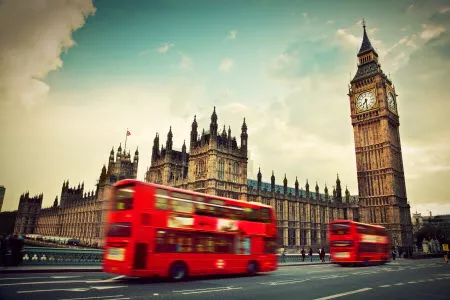
Transit system operations are getting more and more expensive. But transit fares are covering less and less of the costs. U.S. Department of Transportation data points out that the cost recovery rate for the top 10 U.S. transit systems had dropped to 37% in 2010. Taxpayers, of course, pick up the remaining tab.
Across the pond, however, things are different. CityLab reports that Transport for London (TfL) recovers roughly 70% of the 6.8 billion pounds it spends running its bus, rail and metro systems -- most of it through fares. That impressive recovery rate prompted CityLab to ask Shashi Verma, TfL's director of customer experience, how they do it.
FIve cost recovery tips
Verma says TfL simply tries to follow the private sector example of improving productivity and reducing costs. He expounded on TfL tactics, five of which CityLab believes U.S. transit operators ought to pay attention to.
- Increase fares routinely. TfL creates the expectation that fares will rise annually. Riders may wince and whine but they learn to live with the fact. Increasing fares on a regular basis gives a transit agency the ability to keep pace with rising costs.
- Improve service, but only in cost-efficient ways. If fares go up regularly, service should improve regularly, too. The key is to add service improvements that generate additional revenue or don’t increase overall operational costs.
- Cultivate other revenue sources. While fares account for 86% of TfL's revenue, the agency also brings in secondary revenue through advertising, real estate holdings, rental income from shops and concession space, and London's congestion pricing practice that charges drivers when entering certain zones in the city core.
- Integrate smart technology. TfL uses a pay-as-you-go smart card that reduces the need for ticket transactions. It has also implemented contactless credit and debit payment on its bus network. The result: Expenditures on fare collection have dropped from 14% to 9%. Quicker payment also translates to quicker boarding, which means buses move faster and take in more riders -- and rider fares.
- Don’t bet on congestion pricing. Some U.S. transit experts are drawn to congestion pricing -- the idea of charging drivers for entering core city zones at certain times in the work week. They believe it may incentivize bus and subway riding. But Verma is not so sure. He thinks agencies are better off focusing on how they can directly impact costs and revenues rather than manipulating driver behaviors.
The CityLab piece notes that, by the end of this decade, TfL expects it will cover its operation expenses for its entire system, even with retaining routes and services that necessarily lose money.



